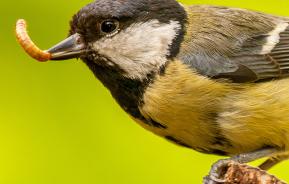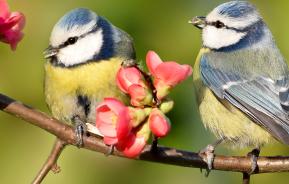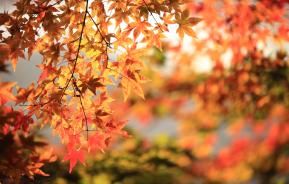When you think of butterflies, you tend to think of long lazy summer days, floral gardens and idyllic sunshine. But in fact, Britain has approximately 59 species of different butterflies many of which, with a keen eye you can spot throughout the year. This is something great to do if you love bird spotting, as it adds to your collection.
Butterflies are very sensitive to the environment and with their natural habitat areas being increasingly eroded and with significantly greater use of chemicals, our butterfly population is in decline.
You can attract butterflies by having healthy flowers and attracting them with butterfly houses, as well as having the right types of flower in your garden. By making sure the flowers are healthy in your garden you will also help the bee population, which is extremely important to our gardens.
With their varied and vibrant colours, elegance and fragile natures, there will always be something utterly compelling about butterflies. To help you identify just a handful of them, here is our spotter’s guide to butterflies which with a bit of luck, you might be able to spot during the months ahead.
The Red Admiral
One of the UK’s more common butterflies you might even spot one in the winter if it’s mild. Predominantly black with a bright orange stripe across the bottom of its rear wings, which is also covered in small black dots. It has a bright orange stripe diagonally across its forewings as well as splashes of white.
The Peacock
Predominantly seen in spring, summer and early autumn, the underside of the Peacock’s wings is mainly black but when they open they reveal really vibrant colours. With the majority of the wings being bright orange edged in fawn, they also have circles or eyespots of beautiful colours including blues, yellows, reds and blacks.
The Orange-tip
Well, the clue is partly in the name here with this spring butterfly. They have white wings with orange tips to the wings and a black mark on the edge of the orange on the forewing. The underside of their wings is mottled yellow and black and they are reasonably common throughout most of the UK.
The Holly Blue
This is another butterfly that can be spotted in early spring although you’ll find it predominantly in England and Wales. It’s not commonly found in Scotland and as the name hints at, it’s a delicate shade of duck egg blue with a splattering of small black marks.
The Brimstone
The brightly coloured, greeny-yellow male Brimstone makes it easy to recognise although the female is a much paler yellow, almost white with tiny spots of orange. They are quite an unusual shape and one of our most long-lived butterflies and you may spot them as early as March right through to late autumn. Sadly, they are not commonly found in Scotland.
The Small Tortoiseshell
Another of our most common butterflies, the Small Tortoiseshell can be found throughout England, Wales and Scotland except for in the very far north. It has bright orange wings with black and yellow markings on the front of the forewings and its wings are trimmed with further black and blue markings. It’s another butterfly that can be spotted quite early and is very often seen fluttering around buddleias.
The Speckled Wood
This subtly coloured butterfly is predominantly brown with the brown getting darker towards the outside edges of the wings. Found throughout the UK, including Scotland, the edges of its wings are covered in cream markings which is great camouflage for it in the woodland and scrub that it prefers.
The Painted Lady
Another one of our common butterflies, the Painted Lady is large with mottled brown and orange wings. The tips of the forewings are mottled brown and cream and you may be able to see a slight bit of blue on the hind wings. It’s astonishing to think that many of our Painted Ladies have in fact migrated here in spring all the way from northern Africa.
The High Brown Fritillary
This large butterfly is becoming increasingly rare to the point almost of extinction. The High Brown Fritillary has terracotta orange wings covered in brown markings and can look very similar to its cousin, the Dark Green Fritillary. The main places you’re likely to see it are Morecambe Bay, Exmoor, Dartmoor and the Malvern Hills and only really on a sunny day in high summer. If you do see one, you’re pretty lucky.
The Purple Emperor
Another extremely rare UK butterfly is the Purple Emperor. It’s large and as the name suggests, it is deep purple, particularly at the front of its forewings, and it has white markings across its wings which are edged in a black brown. It also has eye spots at the base of the hind wings although the female lacks the purple colour. Your best chance of spotting one of these stunners is in Wiltshire or Northamptonshire in the high summer.
Get In Touch!
We’ve tried to include a variety of different butterflies in our spotter’s guide including some common butterflies and some that are harder to find. But there are dozens more for you to try and spot and we’d love to know how you get on.
Share any photos or details of what you’ve seen here on our Facebook, Twitter or Pinterest site, or alternatively, you may leave a comment below. Don’t forget to tell us where and when you saw a particular butterfly!








